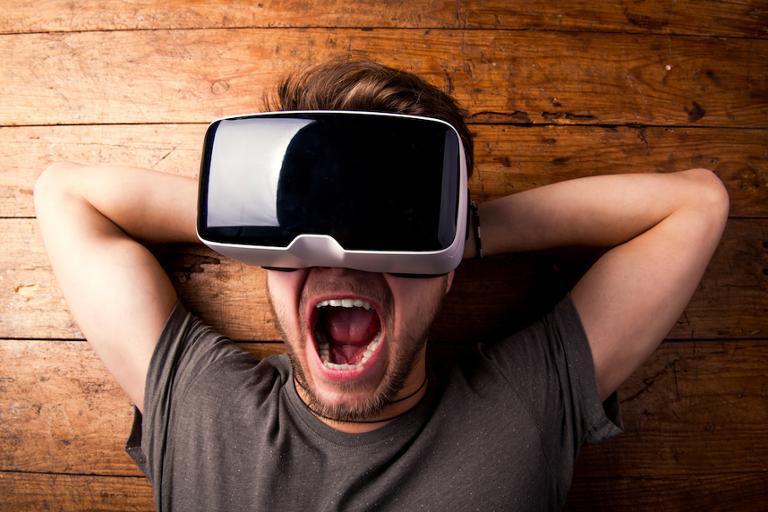The 4 Most Overrated Tech Products of the Last Decade
Published Saturday, August 12, 2023 By TechRant Staff

With every new release of a tech product, there is a lot of hype and excitement surrounding it. However, not all tech products live up to the hype, and some are even considered overrated. In this article, we will look at the four most overrated tech products of the last decade and explore why they failed to live up to expectations.
Apple Watch Series 0
When the Apple Watch was first released in 2015, it was criticized for its limited functionality and dependence on a connected iPhone. While subsequent models have addressed these issues, the Series 0 was overhyped and failed to deliver on its promises.
The Apple Watch Series 0 was heavily promoted as the ultimate smartwatch, with features like heart-rate monitoring and fitness tracking. Despite these promises, it lacked the necessary technology for accurate readings and had limited battery life. Furthermore, many of its advertised features were not available at launch. As a result, the Apple Watch Series 0 failed to meet expectations, and consumers were disappointed. Although subsequent models have addressed many of the issues with the Series 0, it still remains one of the most overrated tech products in recent years.
Google Glass
Google Glass was one of the most hyped tech products in recent memory. The idea of wearable technology that allowed you to interact with the world in new ways was exciting. However, the product failed to live up to expectations due to several reasons. Firstly, the high price tag made it inaccessible to most people. Secondly, privacy concerns were raised, as the device had a camera and microphone that could record without people’s knowledge or consent. Finally, the functionality was limited, and the product did not offer a compelling enough reason for people to buy it.
Segways
Segways were hyped as the future of transportation when they were first released. They were supposed to revolutionize the way we move around cities, making transportation more efficient and eco-friendly. However, the reality was far from this utopian vision. Segways were expensive, cumbersome, and not practical for everyday use. They also had a limited range, making them unsuitable for longer journeys. In the end, they were mostly used in tourism and as a novelty item, not the game-changer that was promised.
